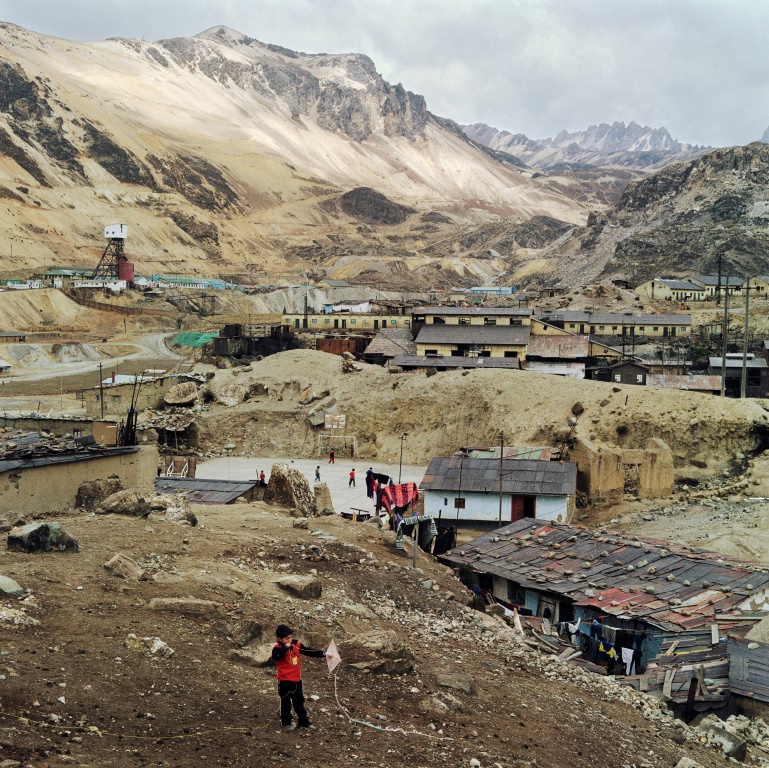
Lasting Impact in Peru: Forecasting Resource Revenues at the Subnational Level
Resource-rich countries face volatility in revenue flows due to sharp changes in the demand for—and prices of—minerals and hydrocarbons. While unexpected increases challenge governments in terms of managing additional rents, sudden drops in prices, which then cause fiscal revenues to fall, force governments to significantly restrict spending for which they had already planned. These challenges also exist at the subnational level in countries where the central government transfers or shares a portion of resource revenues with intermediate and local governments.

Peru is one such country. One of the world’s top gold and silver producers, Peru has a revenue sharing scheme known as “the canon,” first implemented in the 1970s (for oil) and expanded since the early 2000s (for minerals, energy, forestry and fisheries). The canon is funded by 50 percent of the income tax paid by industry; canon funds are transferred to regional and local governments, with the producing districts pocketing the lion´s share.
Since canon transfers were created, they’ve grown significantly together with international prices, but in early 2009 the international financial crisis produced a short-term fall in demand and prices. Subnational governments in Peru suddenly saw large cuts in their budgets due to the fall in canon transfers. By that time they had already planned their annual spending based on the official estimates provided by the Ministry of Economy and Finance—estimates projected from the budget they had enjoyed the previous year. The subnational governments were caught out, having already contracted goods and services providers and made commitments to local people through the participatory budget processes.
At that time, the Revenue Watch Institute (RWI) and the Local Government and Public Service Reform Initiative (a program of the Open Society Institute) were working with Peruvian partners Grupo Propuesta Ciudadana (GPC, an NGO network) and Red de Municipalidades Urbanas y Rurales del Perú (REMURPE, a network or urban and rural local governments). With funding from the Gates Foundation, these organizations were providing technical assistance on revenue management to subnational governments in Peru’s producing regions. In response to the canon transfer crisis, with financial and technical support from RWI, the GPC coalition developed a forecasting methodology for canon transfers, using different price and production scenarios, and produced guidelines on how to develop these forecasts.
GPC and REMURPE since then used this methodology to produce their own forecasts and, in the case of GPC, to provide technical assistance to the regional governments of Arequipa and Piura. The public officials in these two producing areas were successfully trained on the methodology and used it the following year. The results were impressive: their forecast was highly accurate, with a difference of less than one percent between projected and actual receipts. Other regional and local governments became interested in this methodology and sought help from GPC and REMURPE.
This tool didn’t just help regional governments develop multi-annual investment plans; it also empowered them in their relationship with the central government, specifically the Ministry of Economy and Finance. They were able to determine if they were actually getting what they were owed and, if not, they could make evidence-based requests for the transfer of the full amounts.
Over the following four years, GPC, REMURPE and the subnational governments they trained have continued to use this methodology and further develop their forecasting capacities. In December 2013, mineral prices fell again and subnational governments in producing regions were uncertain regarding their 2014 budgets. But this time they were able to develop forecasts and gain a better sense of what was to come.
GPC itself was able to inform national and regional public opinion on what to expect regarding these transfers. The Arequipa regional government also continued using the methodology.
This ongoing success illustrates how collaboration between an international NGO, local civil society organizations, and regional and local governments can have lasting impact, in this case empowering subnational authorities and civil society in the debate around rent allocations.
Carlos Monge is the Latin America regional coordinator, and Claudia Viale is the Latin America research assistant at the Revenue Watch Institute.
Authors


Claudia Viale
Latin America Senior Officer